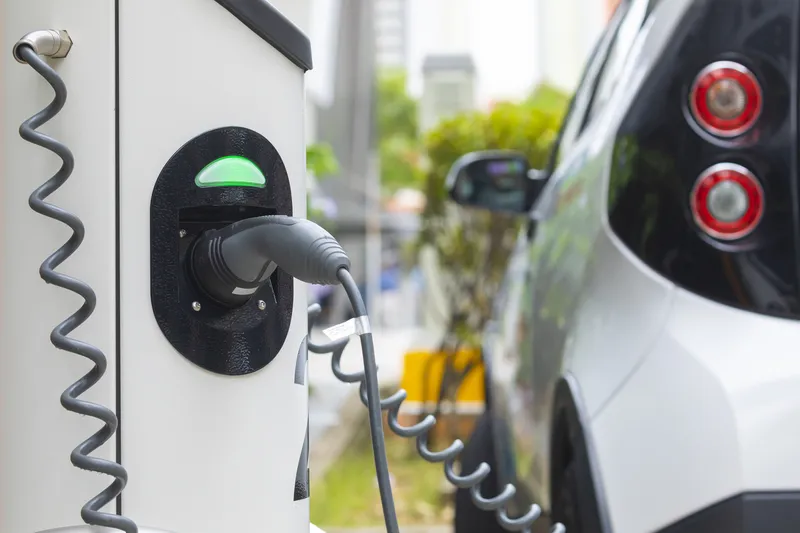KBC Networks has announced its new WESII line of wireless products that build upon the success of the company's wireless point-to-point and point-to-multipoint offerings with a host of new features and capabilities. The new line delivers 802.11a/n compliance, increased bandwidth of 300Mb/s as a wireless access point (100Mb/s of usable throughput), and MIMO technology to enable up to 23dBm output power.
January 27, 2012
Read time: 1 min

The new line delivers 802.11a/n compliance, increased bandwidth of 300Mb/s as a wireless access point (100Mb/s of usable throughput), and MIMO technology to enable up to 23dBm output power.
Coupled with passive midspan-compliant PoE support, a proven weatherproof casing and easy plug & play installation, KBC Networks says these improvements enable WESII to provide a truly flexible and costeffective wireless transmission solution.








